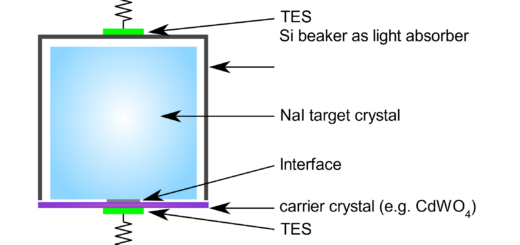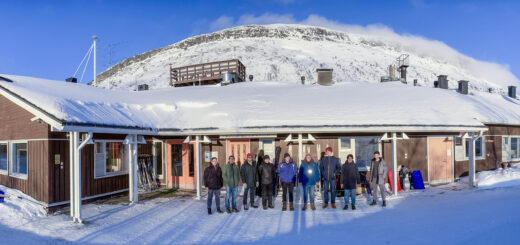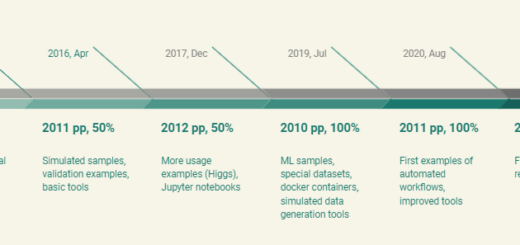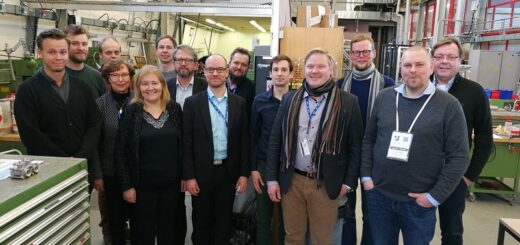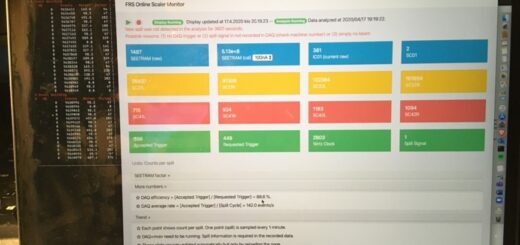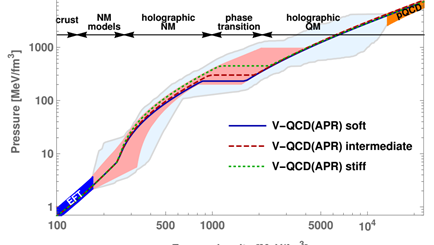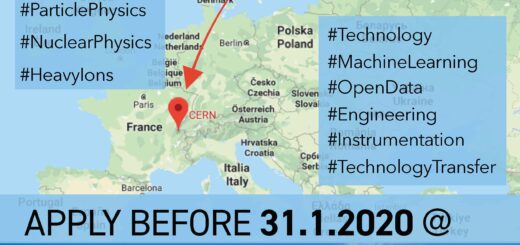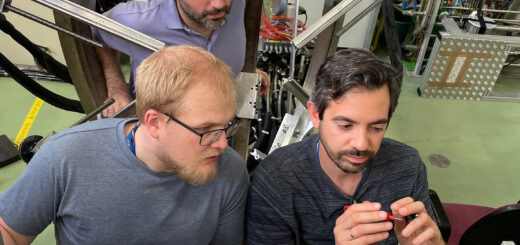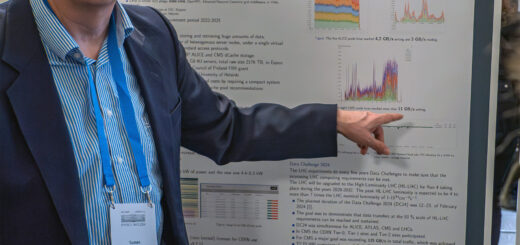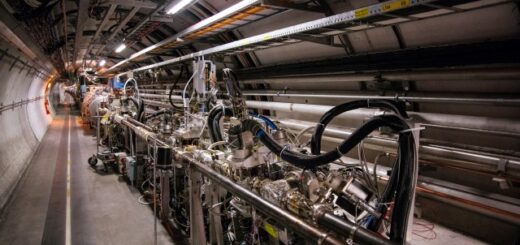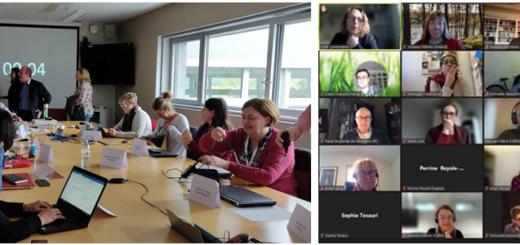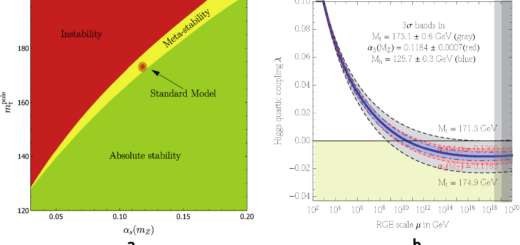Cotutelle and collaboration agreement within HIP and CEA for nuclear material research
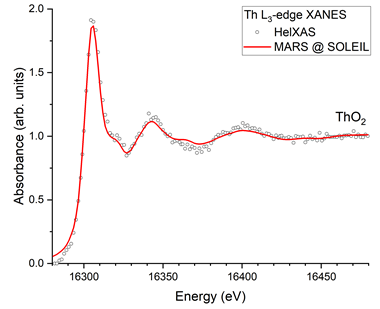
Securing sufficient and environmentally sustainable electricity production is one of the main sustainable development challenges for our future. European’s electricity production relies on multiple sources including nuclear power. In particular, four nuclear reactors situated in Olkiluoto and Loviisa produce one third of Finland’s electricity, significantly reducing national reliance on fossil fuels. By avoiding million tons of CO2 emissions every year, increased nuclear power production is an efficient way to meet the greenhouse gas emission targets, and move towards a carbon-neutral society. However, despite its efficiency and low CO2 emission, the risk of radioactive matter contaminating the environment is a strong contraindication and obviously the most important public concern since the Chernobyl and Fukushima’s accidents. Risk minimization and mitigation during the entire nuclear fuel lifecycle from reactor to final disposal are paramount for nuclear safety. In addition to the current nuclear power plants, the next generation of reactors including small modular reactors (SMR) are now extensively studied worldwide in order to prepare the answer of nuclear energy to mankind main challenges. Their development aim for example to minimize waste productions, save natural resources, and produce heat for district heating, desalinated sea water for drink water supply or hydrogen for mobility as electricity co-generation or alternative. To this aim, the new reactor concepts rely on innovative claddings and fuels with enhanced properties and potential for extended lifetime in reactor while keeping safety to its highest standard.
The development and study of new nuclear materials requires cutting-edge experimental and modelling approaches to unravel material properties at the atomic level, especially when those materials are submitted to extreme environment such as for example highly corrosive environment, very high temperature, pressure and irradiation. To this aim, dedicated facilities are often mandatory given the radioactivity generally encountered when dealing with nuclear materials such as nuclear fuels. In Finland, examples of such facilities are the VTT Center for Nuclear Safety and the Radiochemistry unit of the University of Helsinki. In France, one can refer to the numerous facilities hold by CEA, e.g. Atalante facility in Marcoule. Thanks to those experimental capabilities, researchers can access what is happening at the atomic level in materials. By linking this complex knowledge to the material properties, they have the opportunity to harness and tailor those properties in line with the desired safety and performance.
Among the numerous experimental techniques at our disposal, the X-ray absorption spectroscopy (XAS) is a well-established, non-destructive method used to determine both the oxidation state and the local coordination environment (i.e. number and geometry of neighboring atoms) around a chosen element in materials. In short, it consists in measuring how much X-rays the materials absorb as a function of the energy of the X-rays. Some major advantages of XAS are:
- it is applicable to a broad range of sample types. It can measure crystalline materials, liquids, gases, and amorphous matter, and it requires no special sample preparation;
- it can measure (almost) any element
- it is element specific, and sensitive even at trace concentrations. XAS targets one element at a time. This permits uninterrupted measurements in complex, multi-component samples even in trace quantities (e.g. down to ppm concentrations);
- it is a bulk sensitive method due to the long-range penetration of X-rays in matter;
- it efficiently measures samples contained within protective layers (as often required as radiation safety considerations for highly active samples).
In the recent years, XAS was successfully applied to the development of new manufacturing and reprocessing processes of nuclear materials, their behavior in reactor and their stability under storage conditions. Historically performed at synchrotron radiation facilities such as the European Synchrotron radiation Facility (ESRF), XAS benefited from the development of beamlines dedicated to actinide and other radioactive materials. However, access to those facilities is difficult especially for radioactive samples and severely time limited. Consequently, a considerable number of experiments do not happen because synchrotron access applications are severely over-subscribed while only a small fraction of beamlines are dedicated to accepting radioactive materials and often impose restrictive activity limits on the samples resulting in an almost systematic need to modify or transform samples before analyses. In addition, the lack of a synchrotron facility in Finland means that all experiments must be carried out abroad incurring prohibitive costs and difficulties associated with the shipment of radioactive samples across borders.
Alternative at laboratory was recently developed taking advantage of the most recent developments in X-ray optics, X-ray sources, and detectors. One laboratory scale XAS apparatus is now available for researchers at the Center for X-ray Spectroscopy, University of Helsinki. Such laboratory-scale XAS instruments can perform competitively with synchrotron equivalents as demonstrated on nuclear fuels ThO2 (See Figure 1) and UO2 (https://doi.org/10.1016/j.jnucmat.2018.04.034) at the Helsinki Institute of Physics, within the Technology programme.

The unique capability offered by laboratory scale XAS is obviously highly adequate for routine experiments on radioactive materials such as nuclear fuels, and has attracted huge interest in the nuclear research community, and especially the Atalante facility at CEA, France. Indeed, such a device would benefits the research performed at the ATALANTE facility by providing cost-effective, higher activity limited and delay suppressing XAS experiments. Consequently, a collaborative project between CEA and HIP started in 2021, aiming the implementation of a laboratory scale X-ray absorption spectrometer optimized for the study of highly radioactive material studies at CEA and derived from the instrumentation available at the University of Helsinki. This collaborative project was naturally extended with the supervision of a joint PhD thesis for which the creation of a cotutelle agreement was finalized this summer. In short, the cotutelle means that the student is registering to a double degree, being simultaneously a PhD student of two Universities: namely here the University of Helsinki (Finland) and the University of Montpellier (France). The current successful candidate, Simon Orlat, is already conducting the first part of his thesis in Finland and will return to the CEA’s laboratory in France for the second part in 2023. Simon has already finalized the design of the new spectrometer, and started its mounting during summer. He is now writing his first scientific paper and is aiming to turn on the X-rays for the first tests by Christmas, finally opening the opportunities for starting the planned experimental campaign of advanced nuclear fuels using XAS at laboratory. Enthusiast for both the instrumental development and the science one can do with it, Simon is benefitting from both HIP and CEA expertise to build his own research career and complete his PhD thesis within the French requirement of 3 years.
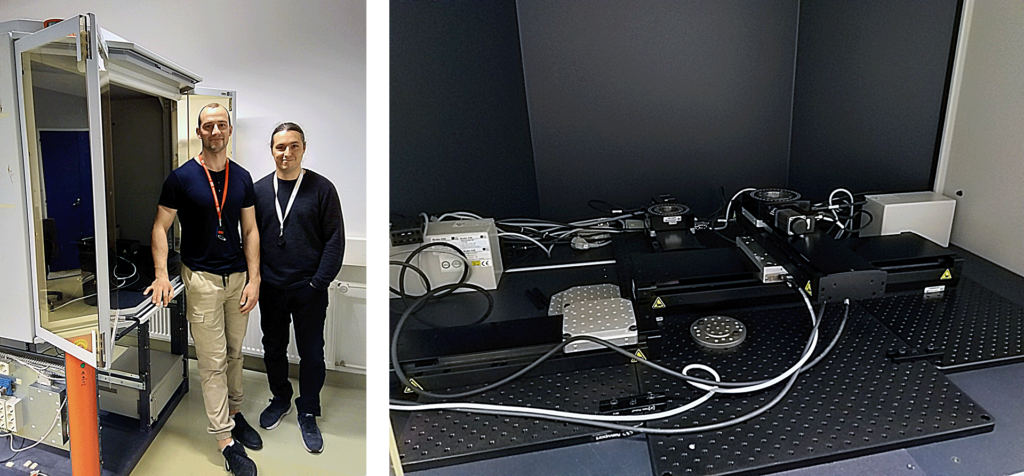
Finally, let’s give to Simon the final word on what is his feeling about this cotutelle.
“As a visiting doctoral researcher, the double degree agreement is a great opportunity for me to take advantage of my stay in Finland. Benefiting from both my home institution and University of Helsinki in terms of support, supervision, equipment and education helps me with my research work and it will be valuable for my career. Nevertheless, one needs to be aware of small details as usual in science. It takes quite long time to establish the agreement and one needs to be ready for extra work to complete the requirements of both institutions, some effort definitively worth it”
This agreement is paving the way to future successful collaboration between HIP, CEA and the University of Montpellier, and is now providing a solid framework for future double PhD degree on very exciting projects about nuclear materials and energy.
René Bes
University Researcher, Project Leader @ HIP (XTREME)
Department of Physics, Helsinki Institute of Physics
University of Helsinki


